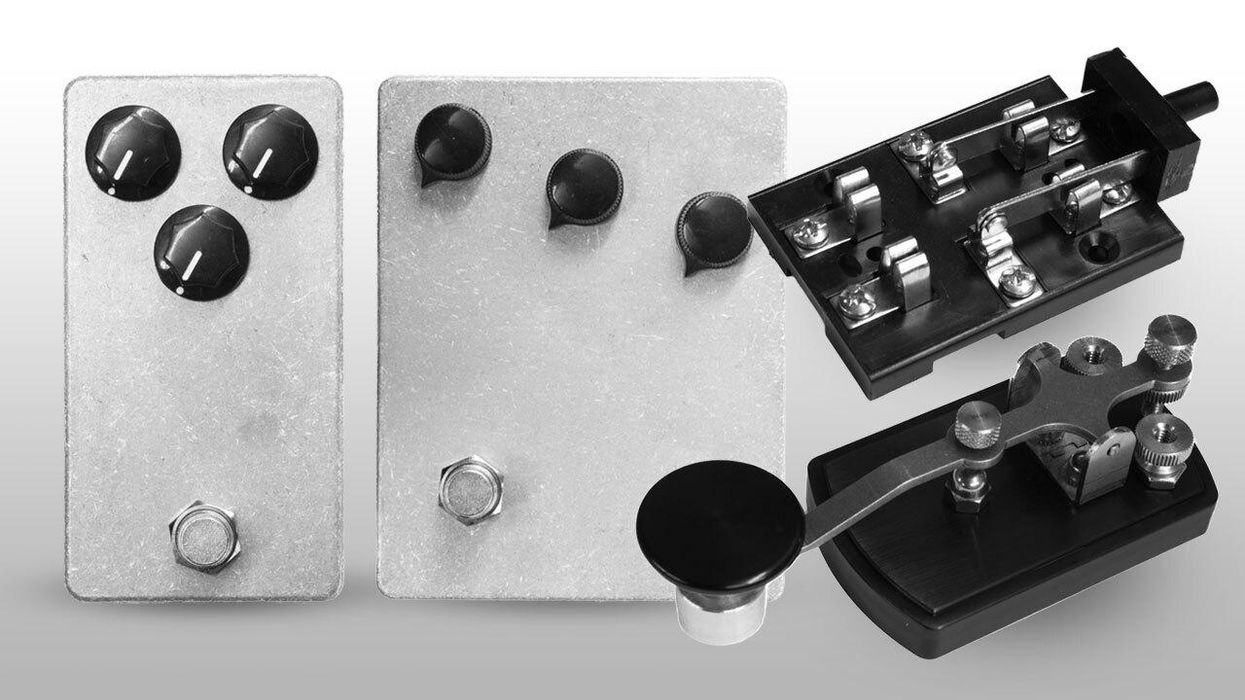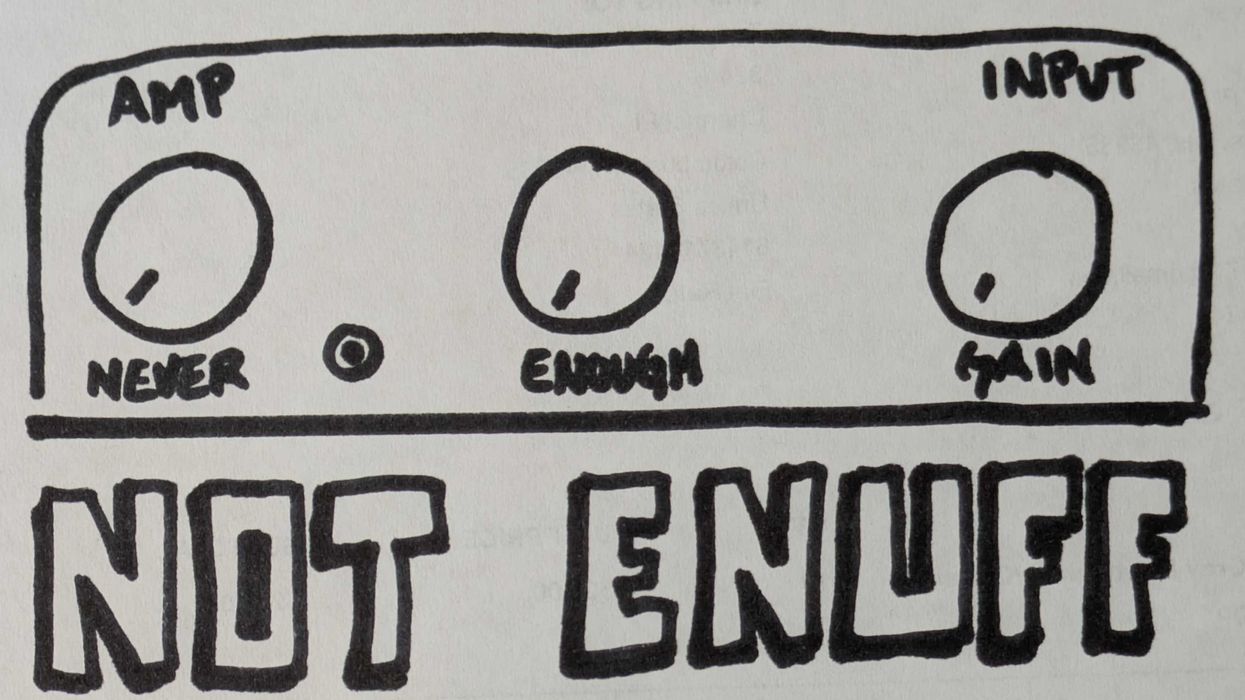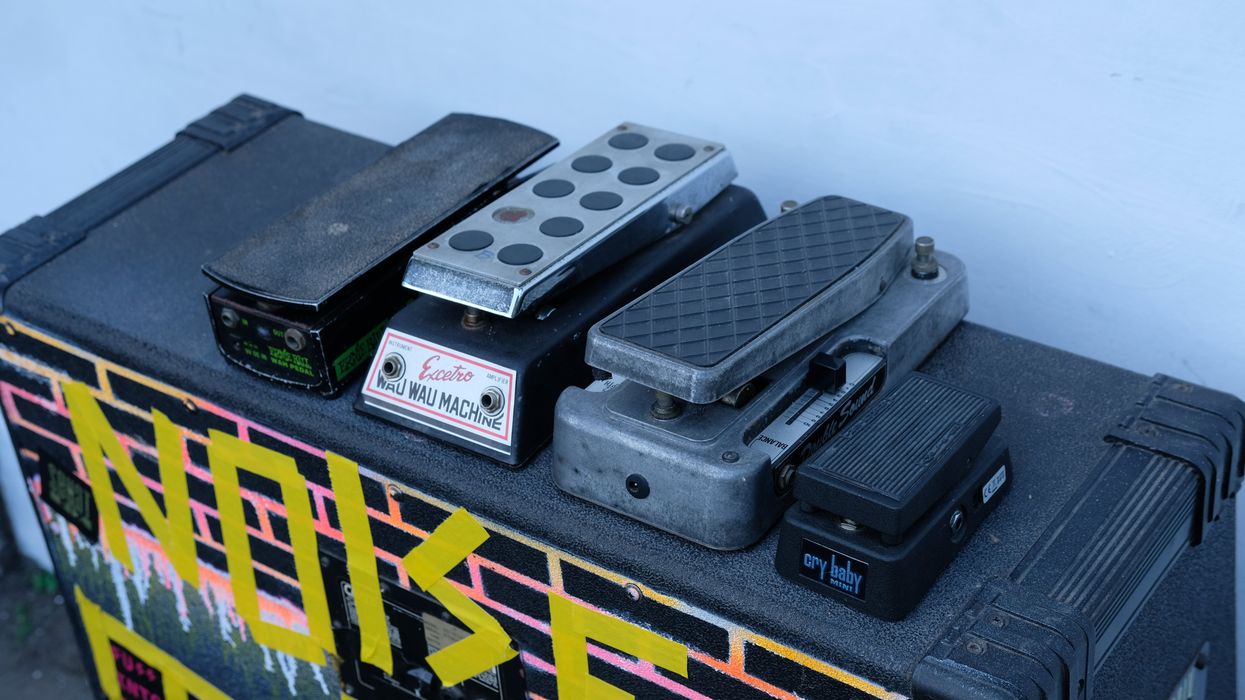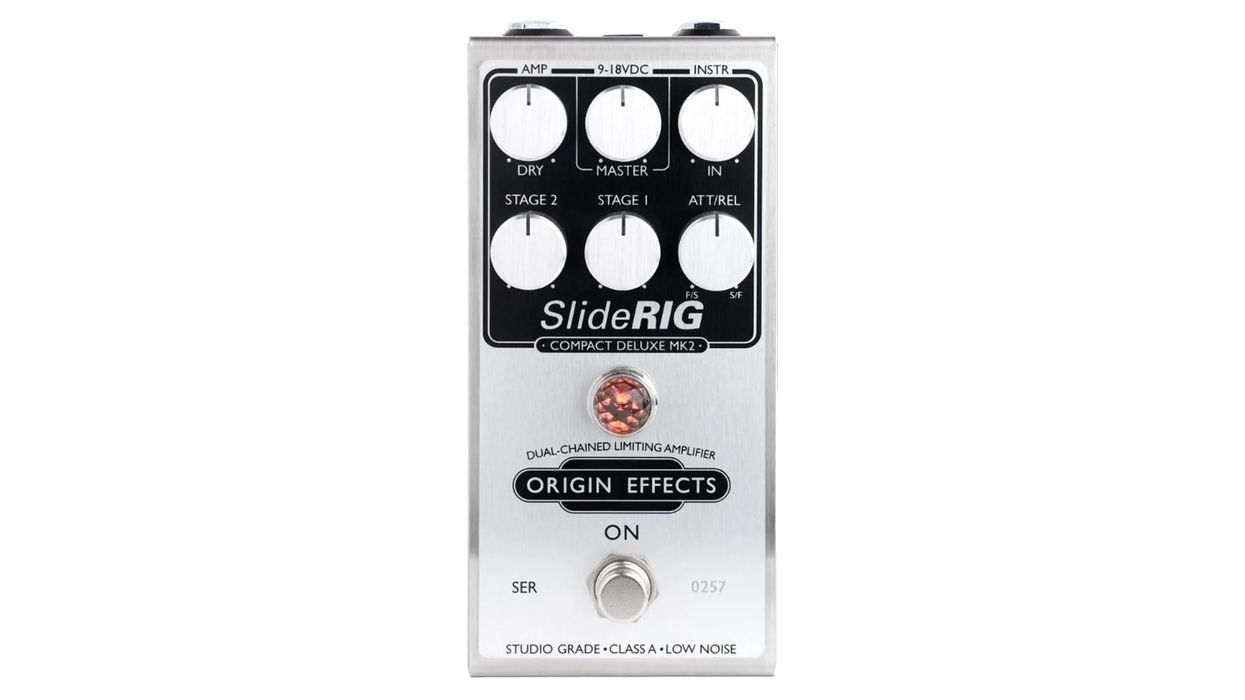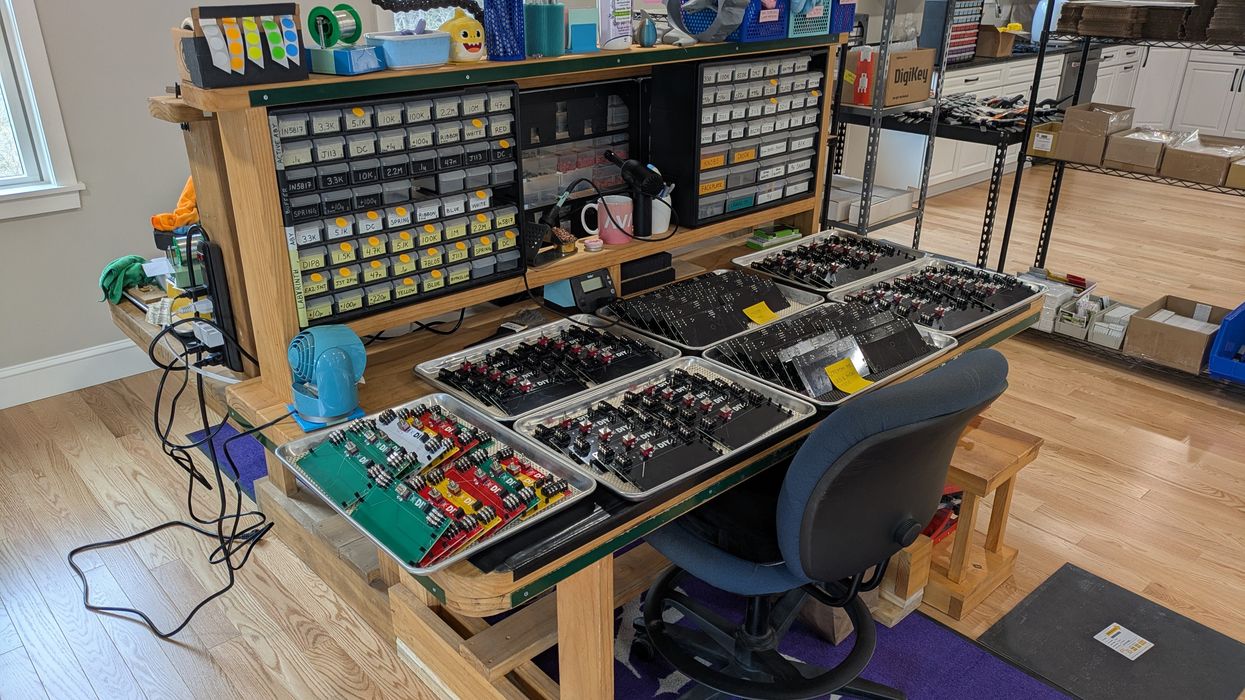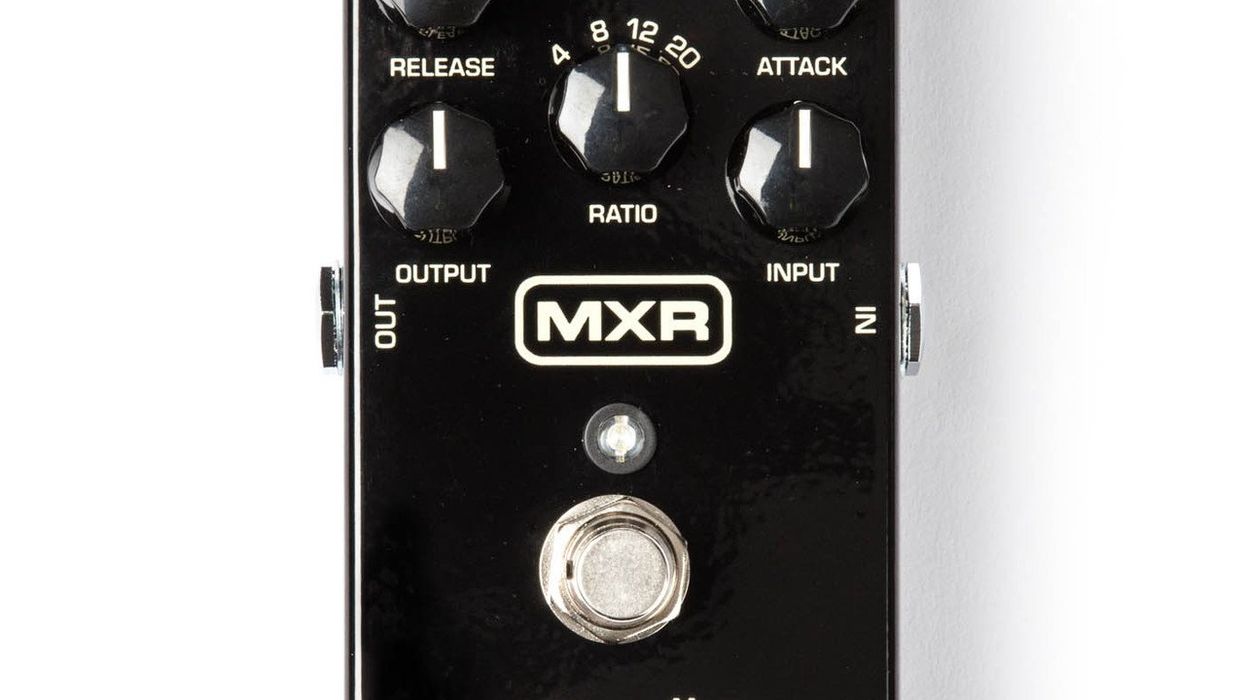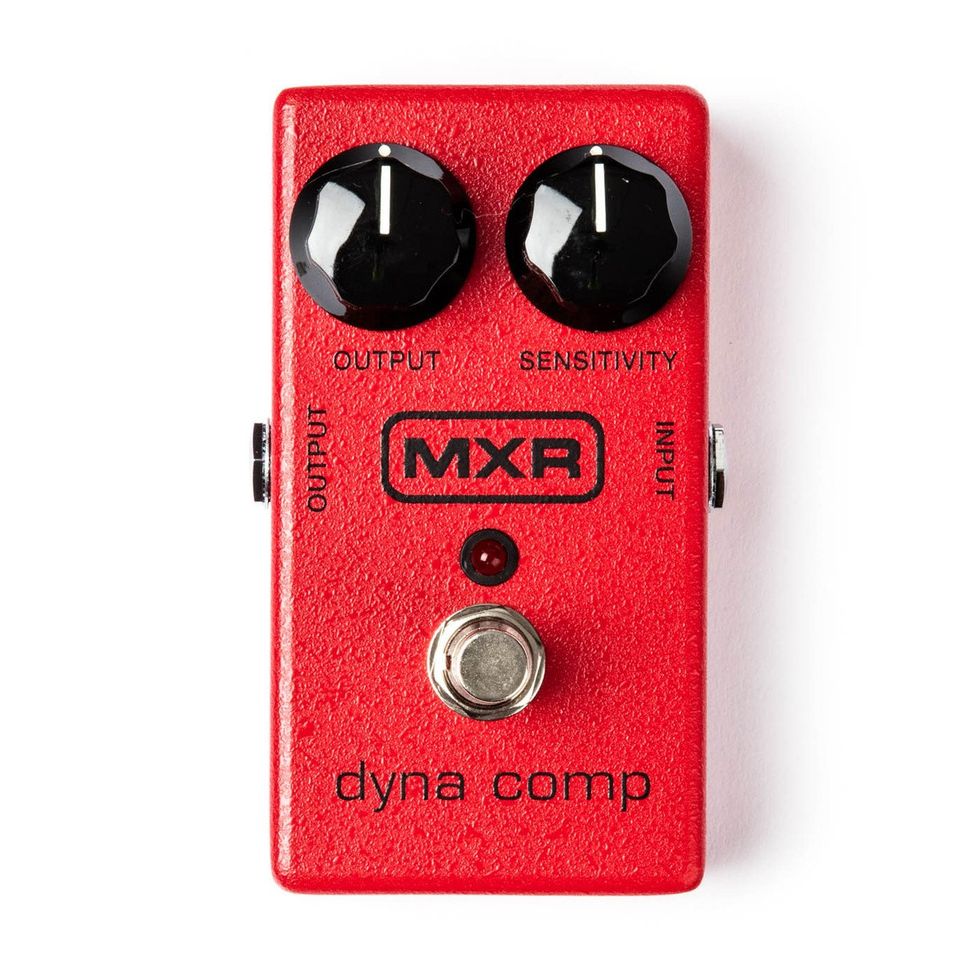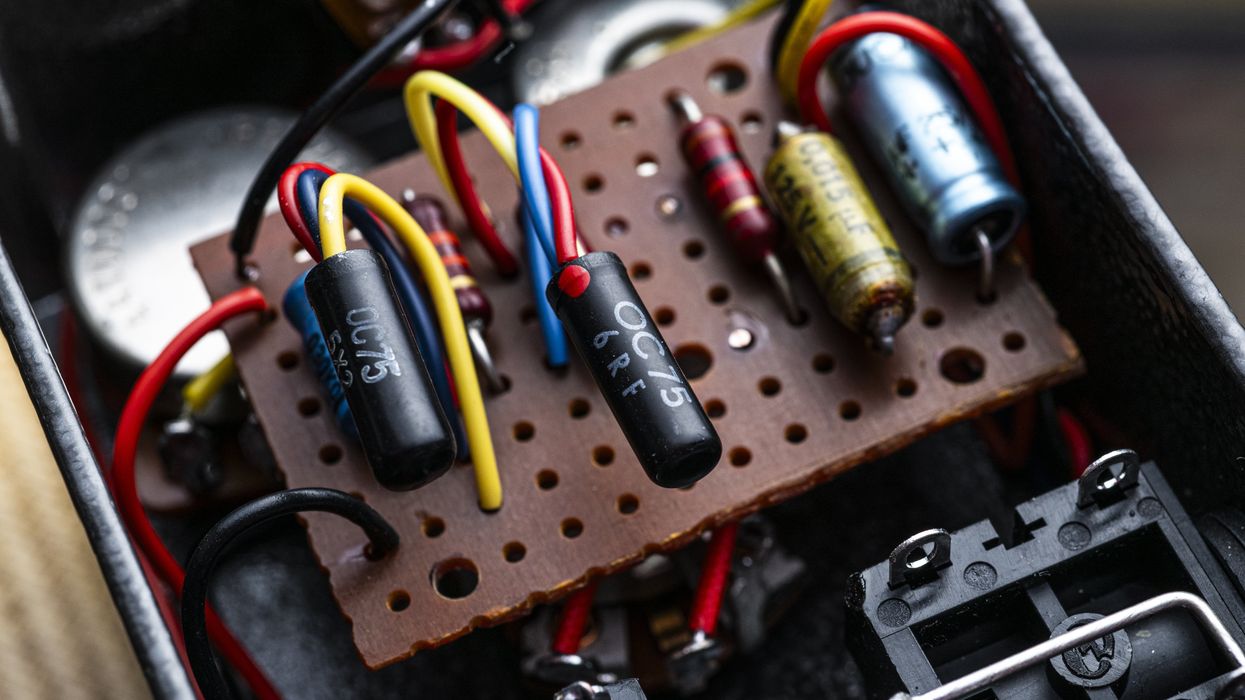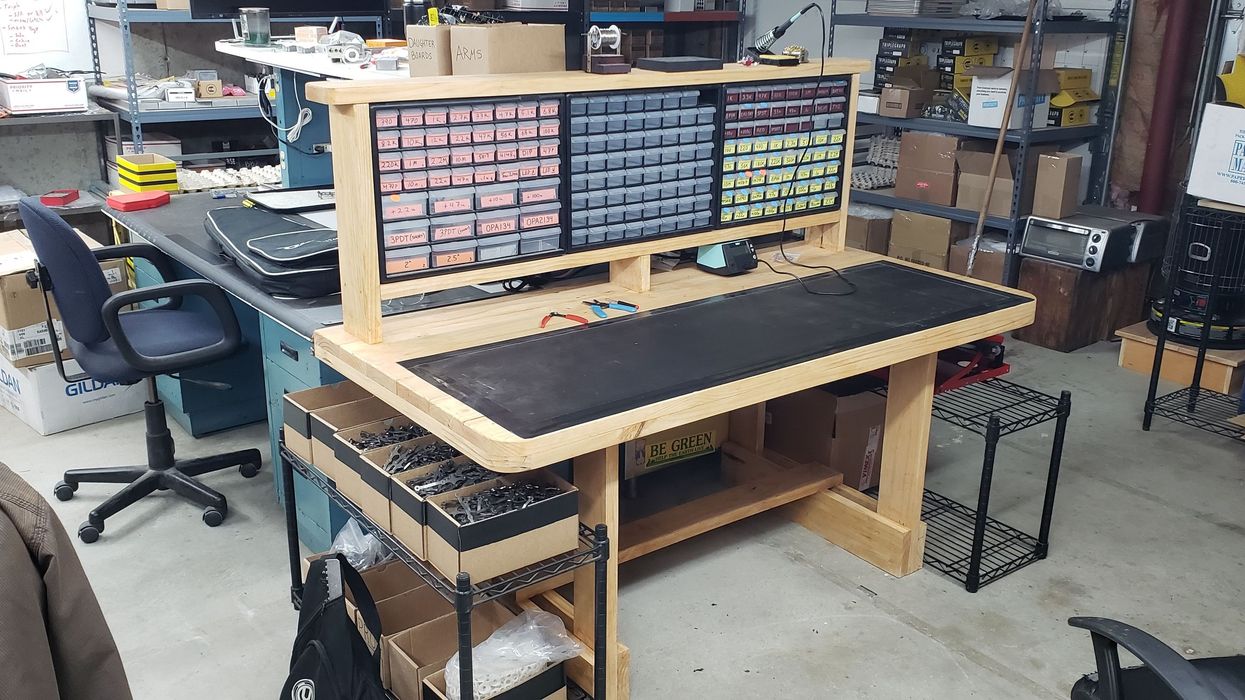Regardless of the number of companies swimming in the pedal pond, I often find myself thinking about aesthetic diversity. We builders tend to all use the same components when designing our devices. It’s how we use them that is the subject here. And I’d like to focus primarily on the external components and how they are presented. Finish and graphics play a big part in a company’s branding and identity. However, I’d like to almost solely talk about knobs, footswitches, toggles, and LEDs. These are the most common things that you’ll see on a pedal.
I often ask people, “If you were to remove the labels and branding, could you tell which pedal it is or which company it was from?” As I’ve mentioned in a previous article, the pedal world is a kind and respectful place. Companies like to carve their name into the industry by having something that looks good and doesn’t step on another company’s toes. Builders achieve this by taking all of those same components that I just mentioned and organizing them in a manner that has a distinctive appearance. This leads to a question: If a company creates a knob and switch layout that’s the same for all of their models, is that intellectual property that other companies should avoid using, or is it simply a design of round pieces of plastic and metal on a square box that’s entirely public domain?
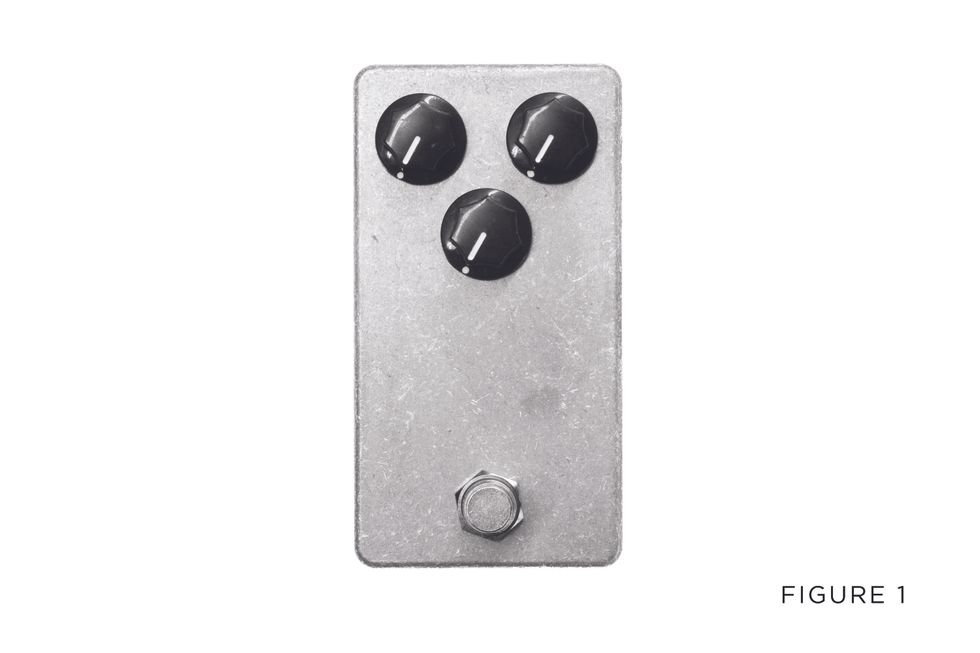
Let’s try something. If a new pedal company hit the streets and had an aesthetic like the one in Figure 1, would anyone have an issue with it? I lean heavily towards no. This triangular 3-knob layout has become practically generic. But if the fictional company were to release a product that looked like the picture in Figure 2, would anyone have an issue with it? I’m inclined to say yes. Three dials on a plane evokes a famed boutique pedal maker, rather than a generic look, even though both examples consist simply of a few knobs and a footswitch. Somehow the components simply being angled a little helps the appearance of originality, but ... as a pedal builder, I wouldn’t go there.
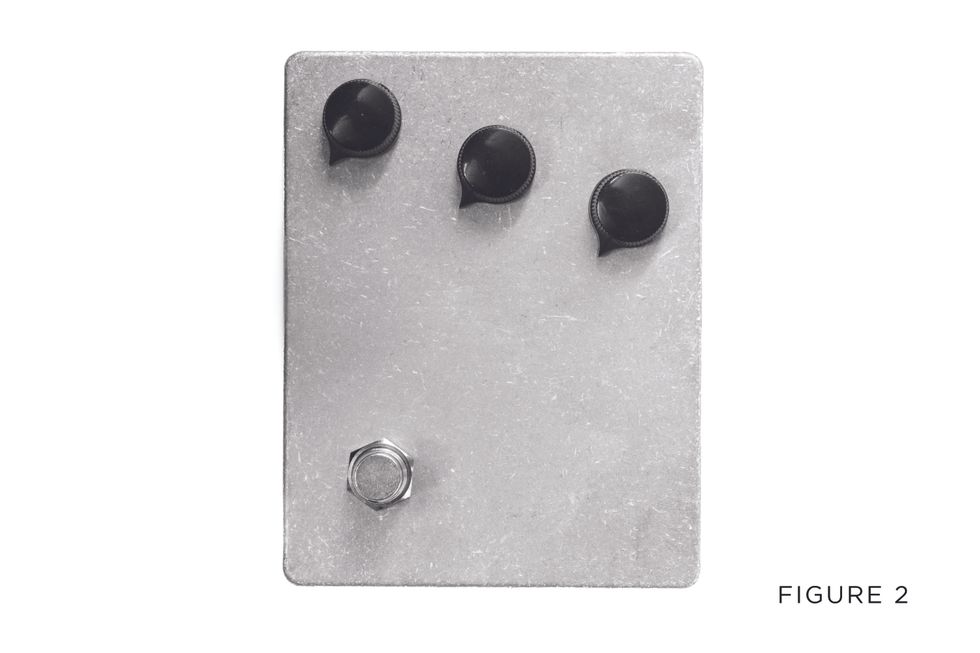
Often when a company releases a product with an interface that strays from the traditional path, it stands out. Non-traditional pieces of hardware can help a pedal’s recognition. However, if there’s already an existing company using these pieces of hardware in their designs, we have a problem.
If you were to remove the labels and branding, could you tell which pedal it is or which company it was from?
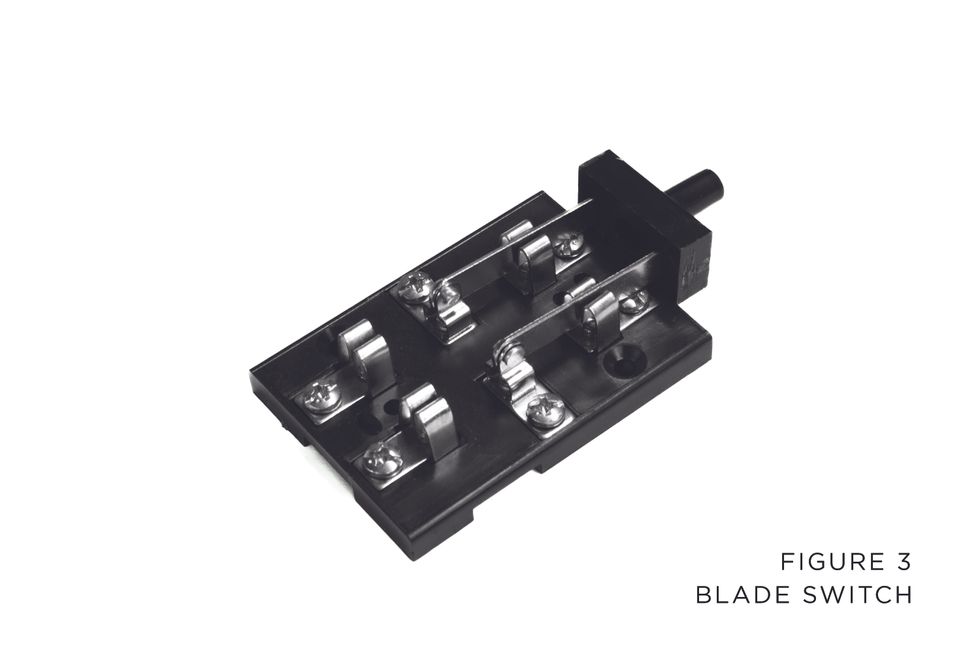
Going back to our scenario of a fictional new company releasing a product, if this company were to release a product with a blade switch (Figure 3) or telegraph key (Figure 4), there would be folks that would take issue with it. Now, it would be fair to say that a brand new company may not be fully aware of every existing pedal design—even with the internet at their fingertips. But the community of pedal nerds creates a nice monitoring/filtering system. If a new product hit the market with a telegraph key, for example, as found on our Telegraph V2 Autostutter & Killswitch and our Triplegraph Digital Polyphonic Octave pedals, the nerds would bring our attention to it.
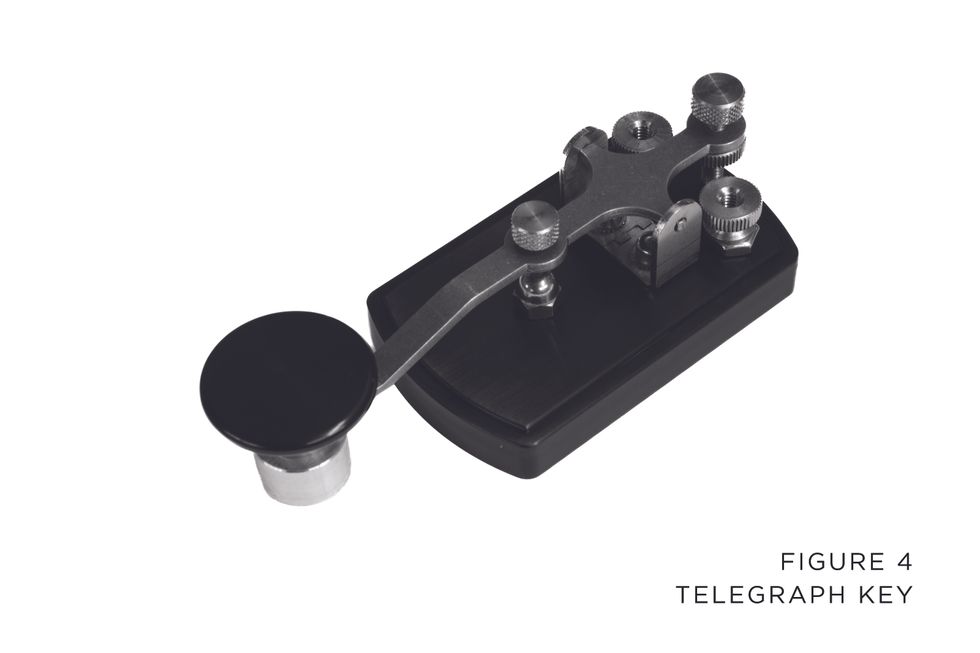
There are only so many ways to locate knobs and switches on a rectangular box. So, what’s a new pedal company to do? Well, when it comes to placement, avoid popular and recognizable layouts like those found in Figure 2 and create your own. If traditional stylings are more your bag, consider alterations to the formula. Look at the Canaglia by Lollygagger FX—a 3-knob, 2-footswitch pedal. What helps it stand out? Metal knobs, a hand-stained wooden enclosure, and debossed labels—characterful changes to formula.
Along with being in the golden era of pedals, we’re also in the golden era of parts. I’ve never seen more knob choices in different finishes and styles than right now. Same with hardware finishes, enclosure shapes, and more. So, if you find yourself with a form factor that feels like it’s infringing on another company, make several small changes. Tweak the knob location slightly and swap out the knob type, move the LED location and change the size, put a washer around the footswitch, or add colored dress washers to the toggles. Small changes add up to a big difference.


